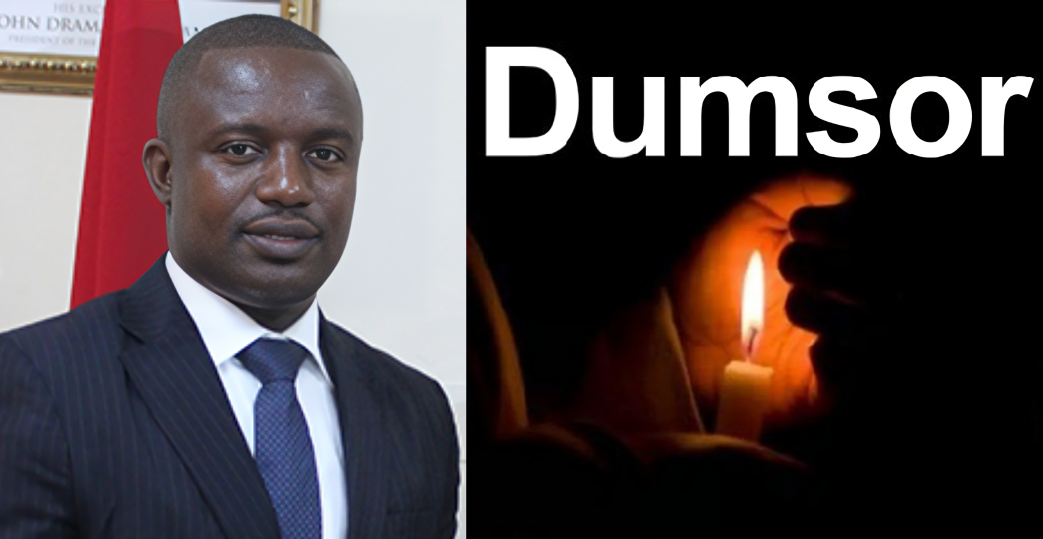
By Bernard Kelvin CLIVE
In your quest to prune, be careful not to cut so deeply that you destroy the plants. Let me share an experience with you.
Today, let’s talk about the impact of employee turnover on brands, particularly MSMEs. Over the weekend, an incident occurred that can help address this issue and explore what brands can do about it.
During a recent board meeting with one of our subsidiary companies, we analyzed and reviewed our performance over the past month. We identified some areas and staff that needed attention. A key discussion point was whether to call these employees to order, ensure they are performing their tasks effectively, or ultimately decide whether to retain or fire them.
I strongly advocated for holding the directors responsible for their subordinates’ performance. Directors must ensure that their teams are working efficiently, and they need to be held accountable. If necessary, they should be replaced to foster organizational growth and business success. Though it seemed harsh, that seemed the best course of action at the moment. However, be patient!
Those of you who are in senior management or key decision-makers like HR in your organization most likely have experienced many such situations.
Hmmm! We cannot afford to retain staff who are ineffective, especially directors who fail to ensure that operations are running smoothly.
We explored several strategies to address these issues, including reviewing training programs and other supportive measures. At the end of the discussion, I emphasized an important point. As directors, while we aim for growth and must be firm in our decisions, including firing underperforming staff and rehiring, we also need to consider the human aspect. It’s easy to terminate employees who are not meeting expectations, but we should evaluate their overall contributions and the potential costs associated with firing and rehiring.
If there are genuine issues that can be resolved through support and training, we should prioritize those solutions. Employing emotional intelligence and empathy is crucial. We should provide the necessary resources and training to help employees improve. After giving them the tools and support they need, we can then review their performance in the next quarter. If they still fail to meet expectations, we can consider letting them go. Acting out of frustration and hastily firing employees can lead to more losses for the company.
My colleagues were initially taken aback by my stance because I had been firm about the need for accountability. However, I explained that our approach should be balanced. We need to prune to encourage growth, but if we’re not careful, we may cut too deeply and damage the organization.
As much as we want to drive growth and efficiency, we must also consider the human element of our business. This includes understanding the needs of our staff, providing necessary support and training, and ensuring that our leaders relate well to their teams. Focusing on these aspects will contribute significantly to the overall growth and success of the organization.
You see, until we’ve exhausted all efforts to create the best work experience for our staff, fostering their growth and productivity, termination shouldn’t be the first option when they underperform.
Employee turnover, the rate at which staff leave a company, is a significant concern for businesses worldwide. In Ghana, this issue seems particularly acute, with businesses experiencing an average loss of around 30% due to turnover. Mary Anane Awuku’s book “Entrepreneurial Success” explains that businesses invest considerable time and resources in training employees. However, many employees leave shortly after gaining new skills, resulting in a frustrating cycle of investment without reaping the anticipated benefits (Awuku, 2024).
We can see how businesses are impacted by this high turnover rate in the following areas:
- Financial Strain:
Replacing employees is expensive. According to Gallup, it can cost anywhere from half to twice an employee’s annual salary. A 2017 report by the Society for Human Resource Management (SHRM) puts the average cost even higher, at six to nine months of salary. These costs include recruitment, onboarding, and lost productivity during the transition period.
- Disrupted Operations:
The departure of employees, especially those with critical skills or institutional knowledge, can disrupt workflows and ongoing projects. New hires take time to learn the ropes, leading to decreased productivity in the short term.
- Reduced Morale:
High turnover can create a sense of instability and uncertainty among remaining employees, leading to decreased morale and motivation.
Tips for Creating a Supportive Work Environment
Employee Development:
- Regular Performance Reviews: This is critical to the success of any organization. Many times we turn to overlook until there is a major hit. Conduct regular (quarterly or bi-annual) performance reviews to discuss strengths, weaknesses, and development goals.
- Skills Gap Analysis: Identify the skills and knowledge needed for success in each role. Compare this to employee skillsets to identify areas for development.
- Learning opportunities: One of the most important aspects of organizational growth is training and development. Offer training programs, workshops, or online courses to help employees develop new skills and refine existing ones. This can include internal training, external courses, conferences, or mentoring programs.
- Stretch Assignments: Give employees challenging assignments that push them outside their comfort zone to learn and grow.
- Coaching and feedback: Individuals and organizations do grow, and technology changes can significantly impact both. We should constantly provide ongoing feedback, both positive and constructive, to help employees understand their strengths and areas for improvement. Offer coaching opportunities to help them achieve their goals.
Performance Improvement Plans
- Focus on the Root Cause: Identify the underlying reasons behind performance issues. Is it a lack of skill, knowledge, motivation, or resources?
- Set SMART Goals: Establish Specific, Measurable, Achievable, Relevant, and Time-bound goals for improvement.
- Collaborative Development: Work with the employee to develop the PIP. This promotes ownership and increases the chances of success.
- Provide Resources and Support: Equip the employee with the resources and support they need to achieve their goals.
- Regular Check-Ins: Schedule regular check-ins to track progress, offer support, and adjust the plan as needed.
- Positive Reinforcement: Recognize and celebrate improvements along the way.
In conclusion, don’t be hasty in your efforts to prune. Ensure that your actions do not harm the very foundation you’re trying to strengthen.
Now, let me know how this has helped you.
I’m your personal branding and publishing consultant, talk to me.
Bernard is a leading authority on personal branding and digital book publishing in Africa. With over a decade of experience in digital publishing, he has been a trusted consultant for entrepreneurs, pastors, and individuals looking to build their brands and write their books.To learn more about Bernard and his work, visit www.BKC.name.

The post Personal branding with Bernard Kelvin CLIVE: Fire them! Ei but wait! appeared first on The Business & Financial Times.
Read Full Story



















Facebook
Twitter
Pinterest
Instagram
Google+
YouTube
LinkedIn
RSS